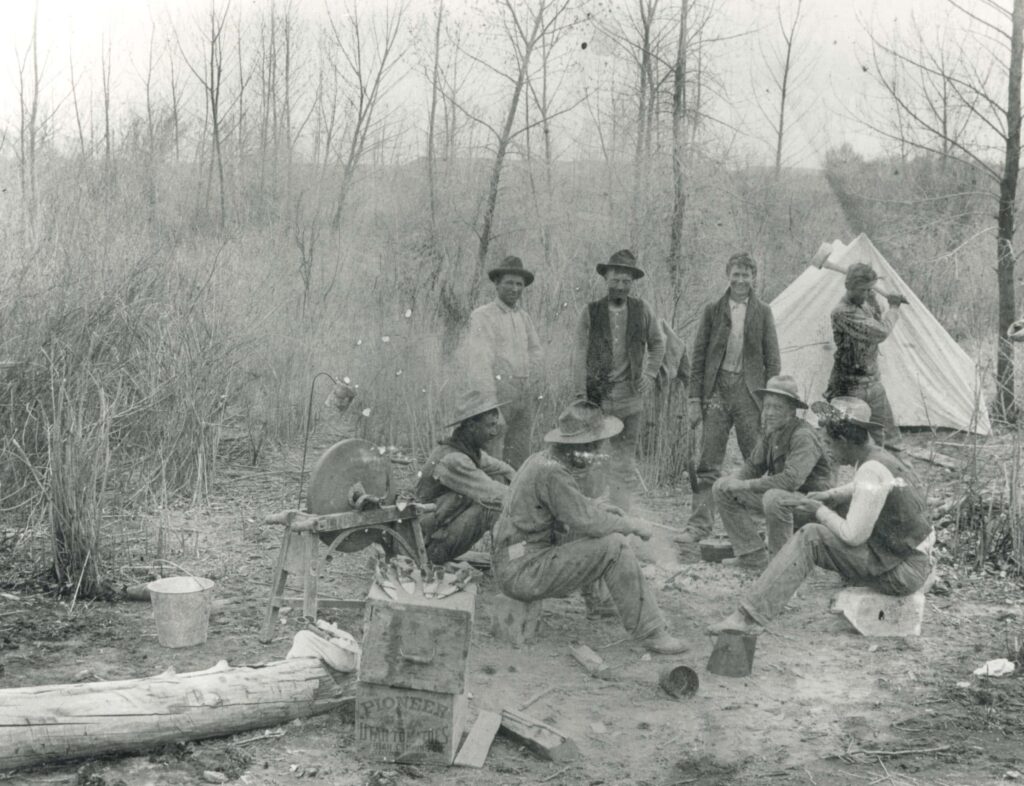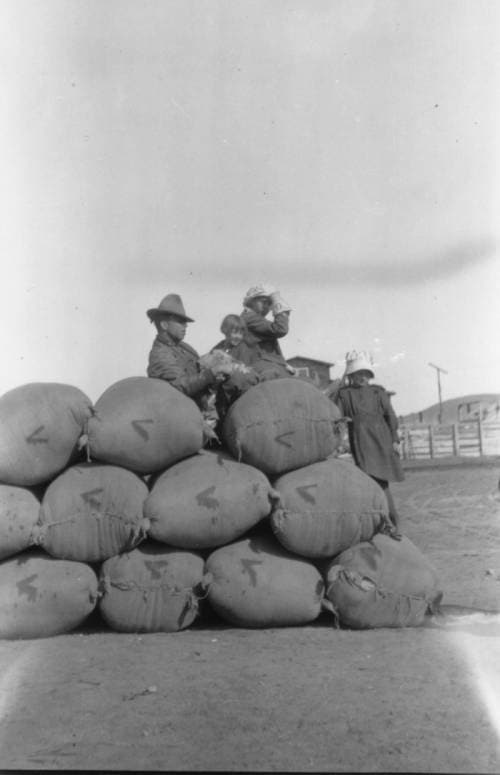Some information may be outdated.
Cattle ranching is a highly visible part of Grand County’s economic history and cultural identity, both in the past and today. However, cows aren’t the only livestock to be grazed across the region. Sheepherding in Grand County was once a major part of southeastern Utah’s agricultural scene as well.

A century ago, sheep were a big business around Moab. Hundreds of thousands of them once grazed across southeastern Utah, and railroad towns like Cisco and Thompson Springs were bustling hubs exporting tremendous loads of wool to factories on the coasts at the end of every shearing season.

Sheep were often driven en masse to the railroad towns for shearing or export. Large buildings with shearing stalls were built to accommodate the burgeoning industry, and sheep shearers would travel to the area to work around the clock to step up shearing production. Ultimately, economic and environmental forces caused sheepherding’s decline, though some continue to graze across the county to this day.
The Moab Museum is dedicated to sharing stories of the natural and human history of the Moab area. To explore more of Moab’s stories and artifacts, find out about upcoming programs, and become a Member, visit www.moabmuseum.org.
Appreciate the coverage? Help keep local news alive.
Chip in to support the Moab Sun News.





